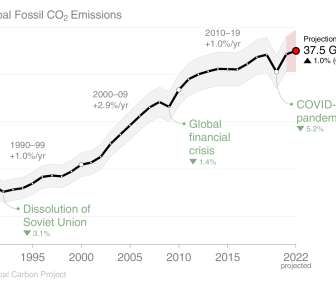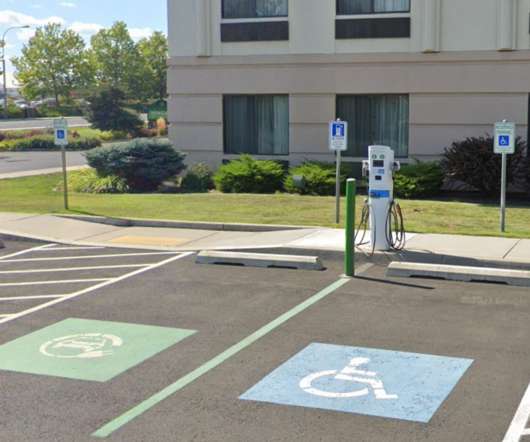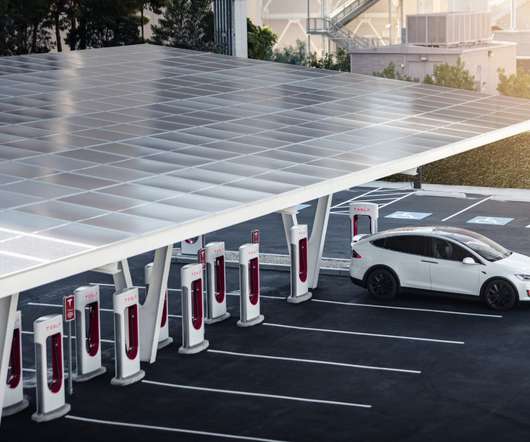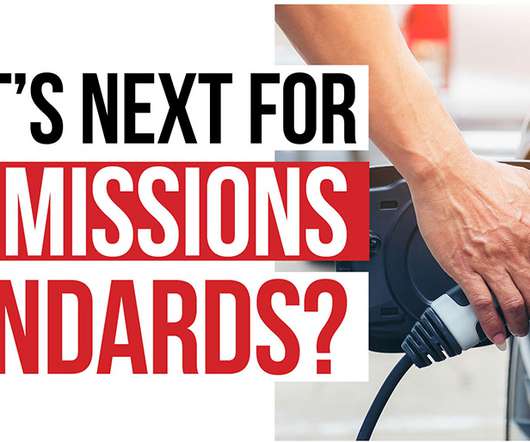Cleaner fuels have replaced more than 3B gallons of diesel under California Low Carbon Fuel Standard
Green Car Congress
MAY 17, 2019
New 2018 data from the California Air Resources Board (CARB) indicates that the state’s Low Carbon Fuel Standard (LCFS) continues to drive production of a growing volume of cleaner transportation fuels for California consumers. California reached that overall goal in 2016. million metric tons of climate-changing gases.
































Let's personalize your content